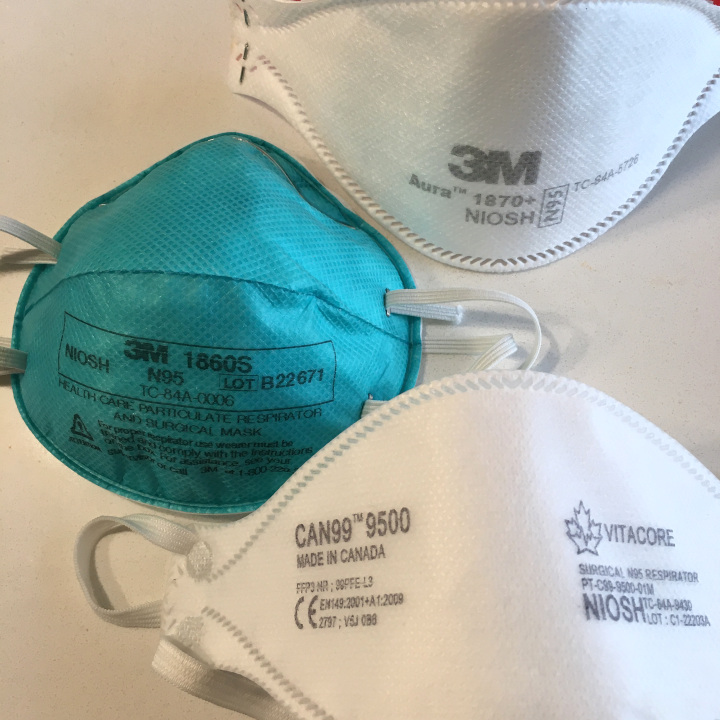In the spring of 2023, after her third case of COVID-19, Jennifer Robertson started to feel strange. Her heart raced all day long and she could barely sleep at night. She had dizzy spells. She felt pins and needles in her arm, she says, a “buzzing feeling” in her foot, and pain in her legs and lymph nodes. She broke out in a rash. She smelled “phantom” cigarette smoke, even when none was in the air.
Robertson, 48, had a feeling COVID-19 might have somehow been the trigger. She knew about Long COVID, the name for chronic symptoms following an infection, because her 11-year-old son has it. But “he didn’t have anything like this,” she says. “His set of symptoms are totally different,” involving spiking fevers and vocal and motor tics. Her own experience was so different from her son’s, it was hard to believe the same condition could be to blame. “I just thought, ‘It’s really coincidental that I never got well, and now I’m getting worse,’” she says.
She saw a doctor in Cyprus, where her family was living at the time, and then in Saudi Arabia, where her husband was working. Neither visit yielded much. Then, after Robertson’s family moved to Scotland in the summer of 2023, a specialist there diagnosed with Long COVID. She is still sick—and a reinfection late last year set her back—but she has found some relief in treatments prescribed by her doctors, including heart medication and antihistamines.
